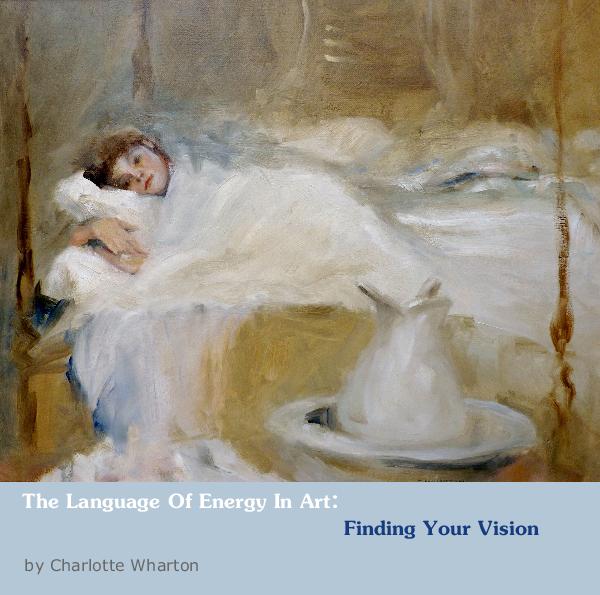 |
||||||||||
|
||||||||||
 Limited quantity of printed version of "The Language of Energy in Art: Finding Your Vision" eBook Available Details |
 2017 Workshop Schedule June 10 - 11th - Townshend Morgan Horse Farm, Boylston, MA Details July 8 - 9th - Tower Hill Botanic Gardens, Boylston, MA Details October 9 - 12th - The Art Barn, Valparaiso, Indiana Details Join us at Tower Hill Botanic Gardens in Boylston, MA on Thursdays. No instruction - Just painting. Details |
|||||||||
|
Painting
Plein Air with Expression
This article is an information sheet that I send out to the artists that attend my plein air and landscape workshops. I thought that it might be of interest to all artists.
PAINTINGS THAT LOOK FRESH AND AS THOUGH THEY WERE PAINTED WITH EASE
ARE AN ARTIST'S LIFE LONG WORK....NOT AN EASY TASK, BUT A WORTHY ONE!
ENJOY!!
Images and Paintings by Charlotte Wharton: (Top to
Bottom) "Workshop Demonstration at St. Joseph's Abbey, Spencer, Massachusetts" "Morning Light", Oil on Canvas, Weston Nurseries, Hopkington, Massachusetts "Reading By The Thames", Oil on Canvas, Essex, England "Wild Iris", Pastel, Moore State Park, Rutland Massachusetts "The Barn", Oil on Canvas, Weston Nurseries, Hopkington, Massachusetts
© Charlotte Wharton, author, "The Language of Energy in Art: Finding Your Vision" |
||||||||||
Home | Portraits | Paintings | News | Workshops | Exhibits | Bio | Representatives s Landscapes | Seascapes | Genre | Foreign Scenes | Contact |
� 2003-2008, Charlotte Wharton Studio. All rights reserved. No part of
this site may be reproduced with out prior, written consent. |

%20-%20Copy(1).jpg)

